Midway between Ouray and Durango, a pair of mountain towns on Colorado’s Western Slope, I had to turn off the car stereo. Anything other than silence would have seemed like sacrilege. I was approaching a hairpin turn on the Million Dollar Highway — a gravity-defying byway through the Rockies — when snow-crowned peaks came into full view. Far below, a green sea of forest canopy stretched to the horizon. The sky at 11,000 feet is as boundless and clear as the primordial deep. My adrenaline surged, but the rush came less from the harrowing drive than from sheer awe.
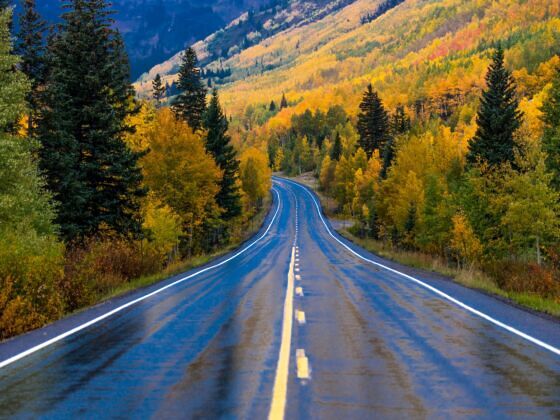

A Road Trip Is the Ultimate Way to See the Modern Wild West, From the Rockies to the Desert
Such moments when the landscape’s beauty stopped me in my tracks came often on my two-week road trip through the Four Corners states. There were clear nights in the New Mexican desert with stars as vivid as peyote visions. Arizona highways framed by colossal saguaro cacti. Lonely miles through Utah’s badlands on two-lane roads twisting past rock towers and canyons. I understand now why writers from Black Elk to John Muir and Jack Kerouac described the West’s majesty in near-religious language.
My route began in Denver and finished in Salt Lake City, tracing a horseshoe on the map through Colorado, New Mexico, Arizona, and Utah. Distances between stops were occasionally long, but with the sublime views and a good driving playlist, the hours on the road passed as serenely as drifting tumbleweeds. And in each destination, the man-made delights — Colorado’s storied breweries, Park City’s exuberant saloons, Tucson and Santa Fe’s restaurants — were almost as wonderful as Mother Nature’s.
We hope you love the spaces we recommend! Just so you know, Matador may collect a small commission from the links on this page if you decide to book a stay.
Start: Denver, Colorado

Photo: f11photo/Shutterstock
Denver, like many early settlements in the Rockies, began as a mining camp. After gold was discovered in nearby Pikes Peak in 1858, fortune hunters from far and wide flooded into Denver, a frontier outpost clogged with brothels, saloons, and gambling halls. Denver today is better known for its arts scene, culinary verve, and proximity to outdoor pastimes, but the devil-may-care ethos of the bygone boomtown lives on in the Mile High City’s soul.
Grab a coffee and a fortifying breakfast at Fox & The Hen before spending a morning soaking in the street art and quirky restaurants of the RiNo Arts District. For dinner, book a table at Safta, a Levantine restaurant helmed by James Beard Award-winning chef Alon Shaya. Chef Shaya draws inspiration from the loving cooking of his Israeli grandmother, and his garnishes of colorful pickles, salt-cured lemons, and fresh herbs makes his plates as pleasing to the eye as to the palate. The salmon ceviche, served atop a bed of tangy labneh and embellished with pickled jalapenos, is a showstopper. After dinner, saunter up the street to Gold Point, a sleek cocktail bar, or Zeppelin Station, a food hall with an on-site bar near the top of RiNo.
The Rally Hotel, across from Coors Field in McGregor Square, is a comfy and convenient base for exploring Denver. Rooms offer panoramic views of the skyline, and the local neighborhood, LoDo, brims with lively bars, restaurants, and some of Denver’s most iconic architecture. Stop by Call Me Pearl, the Rally Hotel’s lobby bar, for craft cocktails paired with caviar bumps and eclectic light bites.
Ouray, Colorado
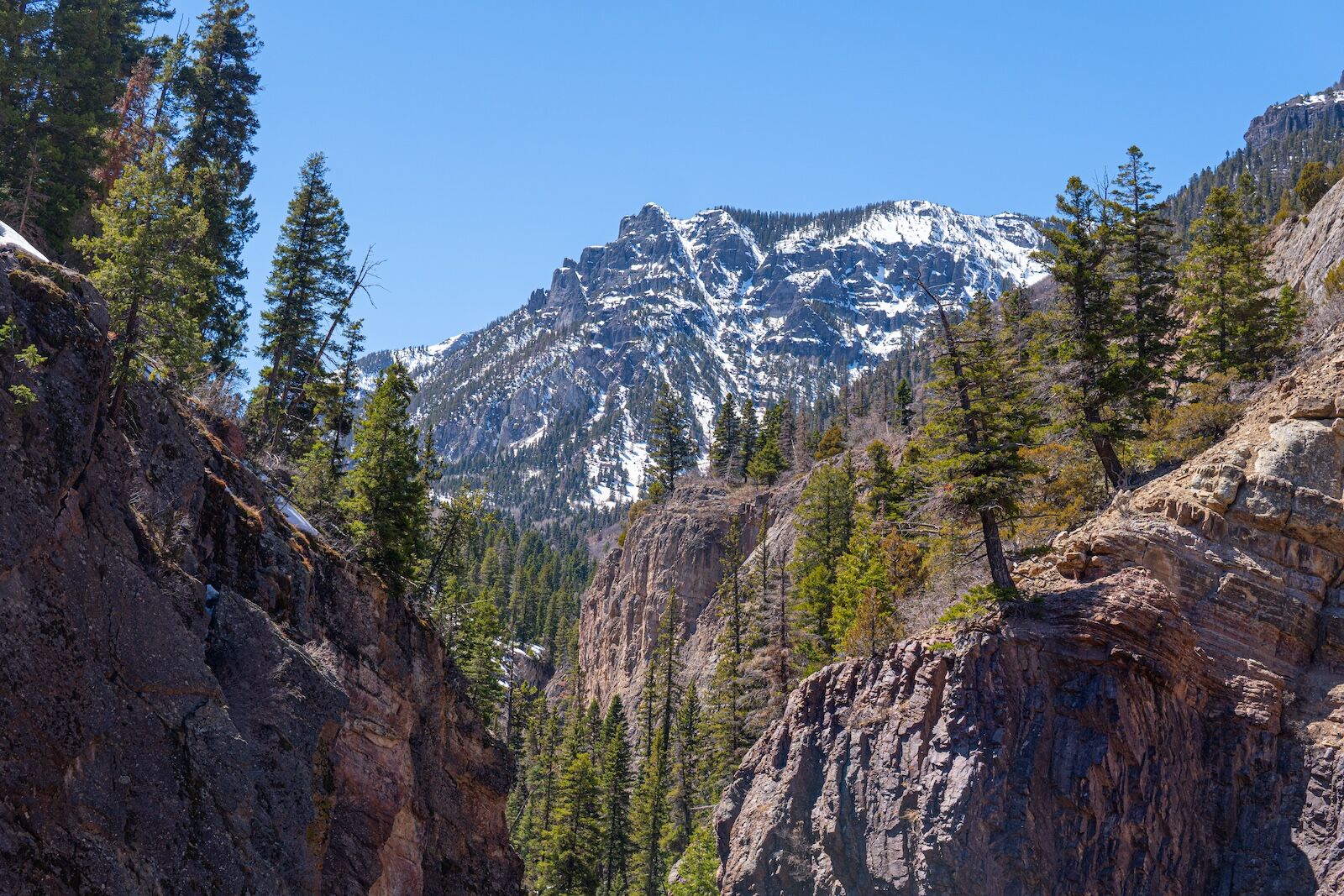
Photo: Johnny Motley
Welcome to the Switzerland of America. Ouray’s nickname refers to both the sharp, Matterhorn-like peaks of the San Juan Mountains (as well as the world-famous ice climbing that takes place on said mountains) and the town’s cozy ambiance — a storybook village evoking nights by the fireplace with a mug of hot cocoa and falling snow outside.
Start the day with espresso elixirs at Kami’s Samis, a downhome diner and grocer on Main Street. Within a quick walk of Main Street, the trails of Box Cañon treat hikers to slot canyons, waterfalls, and exceptional bird-watching. Ouray’s medicinal hot springs, said to restore health and ease ailments ranging from arthritis to depression, have long beckoned wellness seekers to this remote section of Colorado. Orvis Hot Springs, an outdoor geothermal spa 20 minutes from Ouray, is famous for its mineral baths, saunas, and cold plunges. Orvis is clothing-optional, and an air bath in the fresh mountain air is as refreshing as a dip in the pools.
The Western, a Victorian belle constructed in 1891 during Ouray’s mining boom, combines Old West charm with five-star luxury. Rooms come with delightful touches like clawfoot bathtubs, Navajo blankets, and balconies overlooking the mountains. The lobby saloon, as polished and sleek as an ivory-handled six-shooter, is the type of joint that would have elicited an admiring salute from Doc Holliday, the notorious gunslinger with a taste for whiskey. An homage to the West’s al fresco cooking traditions, the restaurant’s wood-fired hearth roasts Colorado beef, lamb, and chicken to charred perfection.
Durango, Colorado
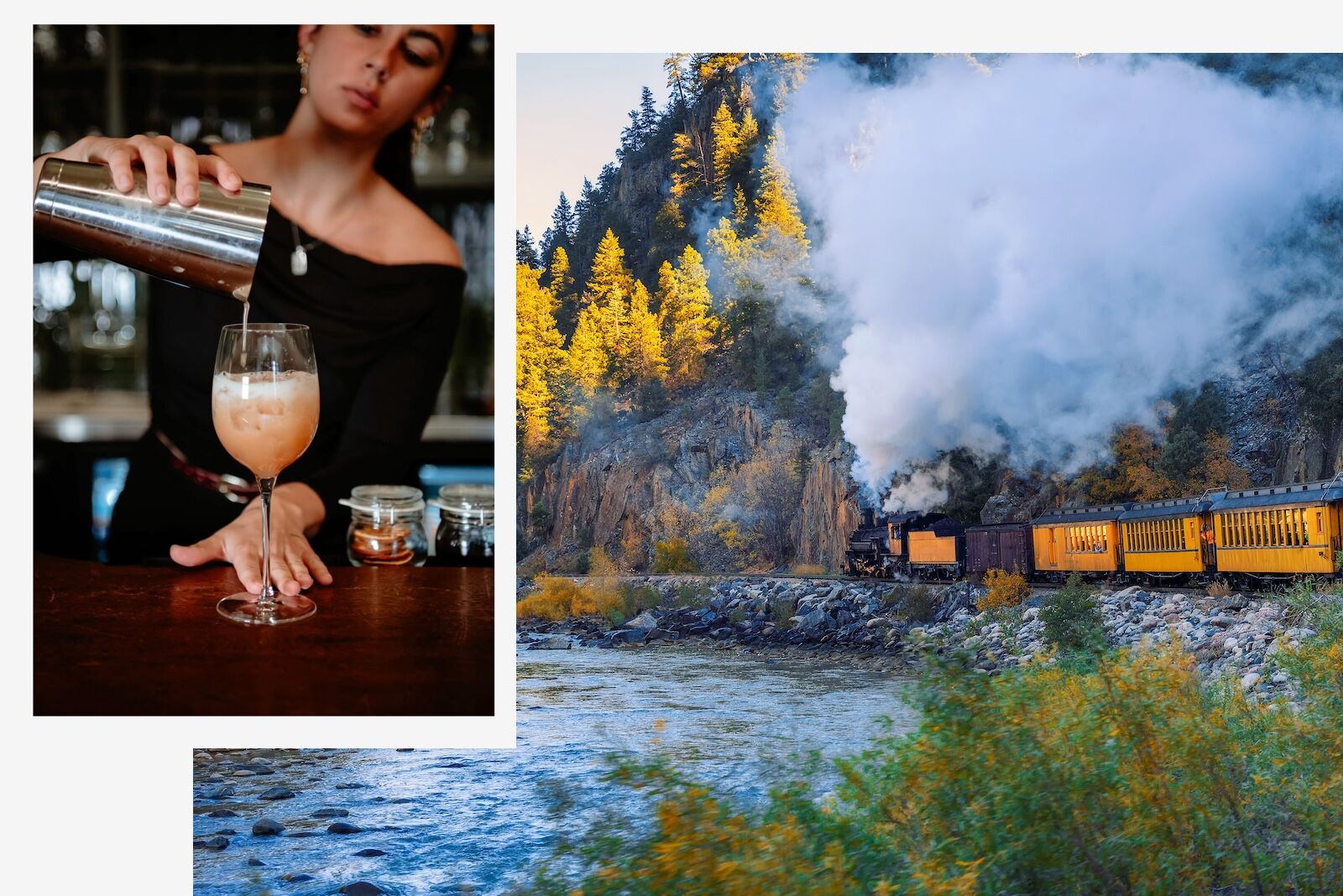
Photos: bartender, Johnny Motley; train, Nick Fox/Shutterstock
Charge your camera, fill up your gas tank, and hit the Million Dollar Highway for Durango. Competing theories explain the highway’s name — priceless views, astronomical construction costs, precious metals found in the mountains — and a century since its construction, the Million Dollar Highway remains one of most breathtaking drives in America.
Durango boasts all the appeals of a chic mountain town like Aspen or Vail — exciting restaurants, luxury hotels, colorful nightlife — but without the pretensions, tourist traps, and congestion. Amble along Main Street’s ski shops, clothing boutiques, and stately architecture to El Moro Tavern, a buzzy restaurant serving boards of local charcuterie, stick-to-your-ribs pastas, and choice Colorado beers. For a nightcap, head for the neon glow of the entrance sign to the Rochester Hotel, where my bartender for the night, Alexis, served up craft cocktails and Colorado travel tips.
The Durango and Silverton Narrow Gauge Railway, built in 1882, originally transported gold and silver from mines in the San Juan Mountains to Durango and Silverton. The railroad no longer serves industrial purposes but now shuttles sightseers up the San Juan’s ridges and gorges into pristine alpine wilderness. Restored to Victorian splendor, the trains have bars, spacious tables, and cafe cars. The ride lasts about seven hours, departing Durango’s train depot at 9 AM and returning mid-afternoon. WiFi and phone service are refreshingly non-existent after the first hour of the journey.
Santa Fe, New Mexico

Photo: Sean Pavone/Shutterstock
Four hours in the car through the high desert’s lunar-esque landscapes and empty highways takes you from Durango to New Mexico’s capital. Founded in 1610, Santa Fe is one of America’s oldest European settlements. However, compared to the antiquity of the nearby New Mexican Pueblos, Santa Fe’s 400-year-old history is but a brief moment on the timeline.
From Georgia O’Keeffe to Cormac McCarthy, Santa Fe has long been a haven for artists and writers. The city’s creative flair extends to gastronomy as well, with a cuisine amalgamating the flavors of Spain, Mexico, and New Mexican Indigenous cultures.
The New Mexico Museum of Art is one of the nation’s finest collections of Southwestern art, and the museum houses the authoritative collection of paintings by artists from the Taos Pueblos. After an hour of cultural edification, reward yourself with a dopamine splurge at Kakawa Chocolate House, where confectioners enliven velvety truffles with chili peppers and piñones (desert pine nuts).
The Rosewood Inn of the Anasazi, a luxury boutique hotel in downtown Santa Fe, showcases the enchanting artwork, architecture, and cuisine of the Southwest. Anasazi Restaurant elevates New Mexico’s colorful, earthy ingredients — blue corn, pine nuts, and a seemingly endless number of varieties of chiles and beans — with Michelin-level finesse. After dinner, visit the hotel’s bar to sample pours from the encyclopedic tequila list. Guided tastings with a tequila sommelier are available by appointment.
Tucson, Arizona

Photo: Sean Pavone/Shutterstock
I braved the long drive from Santa Fe to Tucson in one sitting, soaring through the Sonoran scrublands in my Toyota Camry while quoting lines from Fear and Loathing in Las Vegas about the desert, bats, and mescaline. If you prefer to break up the drive, stop in El Paso, roughly halfway between Santa Fe and Tucson. The tacos and hikes through the Franklin Mountains alone make the detour worthwhile.
Home to the University of Arizona, Tucson has no shortage of patio bars, neon-colored drinks, and public houses catering to merry young scholars. The city’s charms, however, extend far beyond the college-age draws. UNESCO honors Tucson as an International City of Gastronomy, largely due to the Indigenous foodways that have survived in southern Arizona over the centuries.
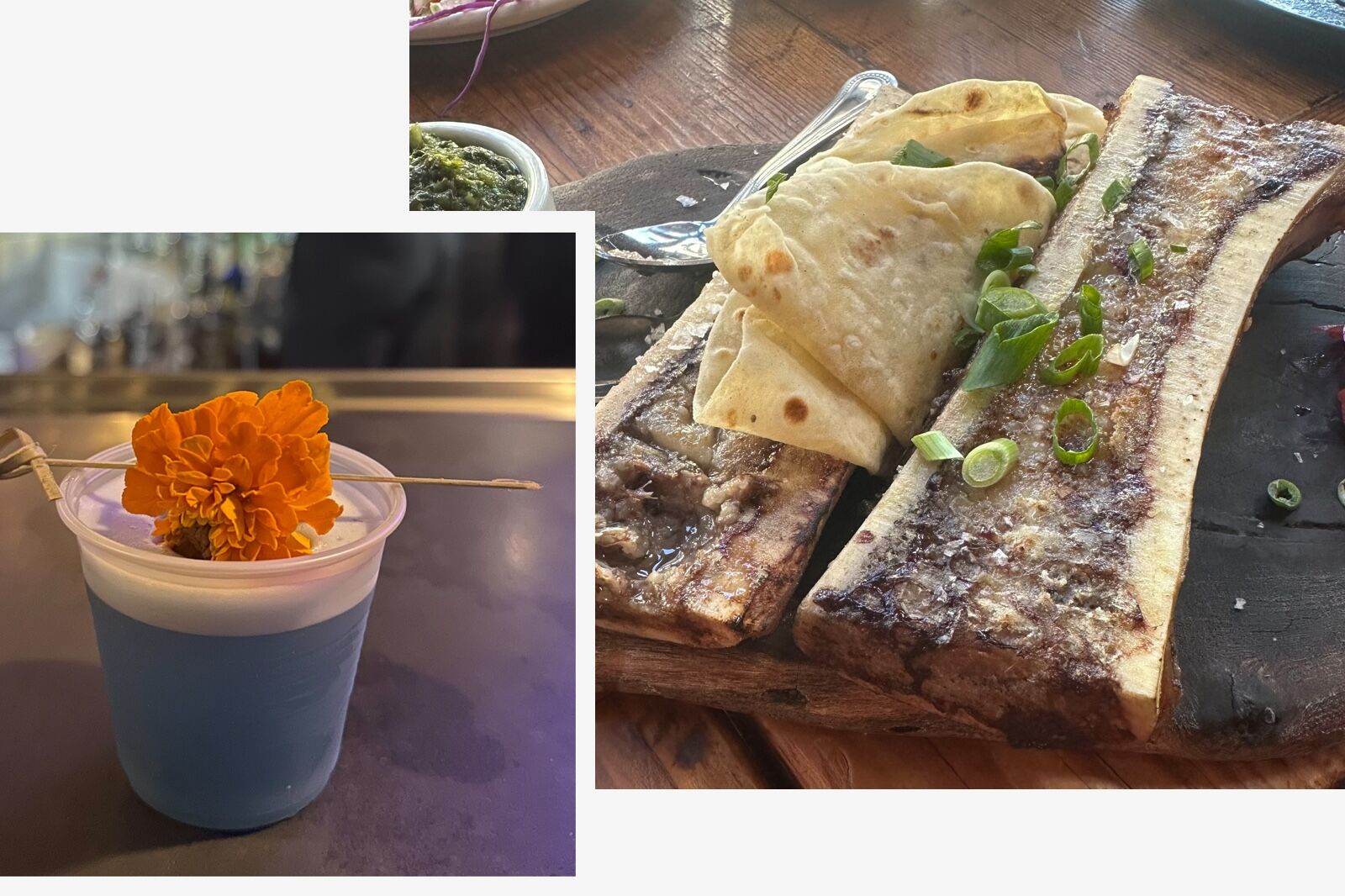
Photo: Johnny Motley
Tucson’s complex cuisine is a blend of Sonoran, Spanish, and Chinese influences. Maynard’s serves small plates enlivened with mesquite berries, cactus fruits, and the classic trio of corn, squash, and beans, a combo known as the Three Sisters in Indigenous gastronomy. Century Room is a love letter to Sonoran spirits — tequila, of course, but also lesser-known cacti libations like bacanora and sotol. The mole and tacos at Penca are the finest you’ll find this side of the border, and the osso buco, paired with chimichurri and served in a charred bone, is tasty enough to inspire the most flowery of descriptions.
As for where to stay, Hotel McCoy is a former motel retrofitted into a hip guesthouse, complete with a bar stocked with Southwestern craft beer, vivid wall murals, and a busy food truck in the parking lot.
Phoenix

Photo: Visit Phoenix/dspaz.com
Picture Phoenix and Tucson as sisters. Tucson, the older sibling, is artsy and laid-back; she spends her free time catching underground shows, thrifting, and frequenting museums. Phoenix, on the other hand, dreams of moving to Hollywood and lives for glamorous pool parties and flashy restaurants.
Every pizza nerd knows Phoenix for Pizzeria Bianco, which many food writers have crowned the best pizzeria in America. It’s just one spot that’s turned Phoenix into a pizza capital in its own right. As a New Yorker, I raise an eyebrow at Arizonan claims to cheesy supremacy, but Chris Bianco, originally from Brooklyn, does make masterfully crafted pizza well worth the long wait times. For a postprandial digestif after all that delectable cheese and dough, head to Little Rituals, Phoenix’s answer to Death & Co.
Rise Uptown Hotel in Phoenix is a Mid-Century Modern gem in the Uptown neighborhood, a quick walk from scores of fun restaurants, quirky shops, and lively bars. From the poolside bar to vintage vinyl players in the rooms and a pet-friendly policy, Rise Uptown is as relaxed as it is comfy.
Escalante, Utah

Photo: Johnny Motley
The seven-hour drive from Phoenix to Escalante cuts through the heart of Arizona’s red, saguaro cacti-strewn desert. For a lunch break or stroll to stretch the legs, stop in Tombstone, a charming desert town and the setting for the eponymous cult-classic Western.

Photo: Johnny Motley
Southern Utah, a swath of badlands, mesas, and gnarled canyons, was one of the last pockets of the Lower Forty-Eight to be settled. Escalante is hardly more than an outpost, but nearby Bryce Canyon National Park draws enough visitors for the town to support an excellent coffee shop, Escalante Outfitters, and a funky, gourmet general store, Escalante Mercantile.
Ofland Escalante is a glamping retreat par excellence, treating guests to jacuzzis, outdoor fire pits, and cabins blending rustic charm with refinement. Light-years removed from the rush and roar of modern civilization, Ofland is tailor-made for devouring books, snuggling up with a lover, and sipping wine under starry skies. Ask the concierge about guided tours of Bryce Canyon National Park and Spooky Canyon, a narrow gorge slashing through the badlands.
More like this
Park City, Utah

Photo: Sean Pavone/Shutterstock
What comes to mind when you think of dining and drinking in Utah? Strict alcohol guidelines of 2 percent ABV “near beer”? Jello salad paired with funeral potatoes? Park City, a vibrant ski town outside Salt Lake City, shatters these stereotypes. While Park City is world-famous for skiing, the town’s rip-roaring saloons and gourmet restaurants make it as appealing to epicureans as to powderhounds.
Imagine cowboy chow—buttermilk fried chicken, wood-fired steaks, and lamb shanks—but prepared by a chef trained at Le Cordon Bleu. That’s the vibe at Handle, an upscale restaurant in downtown Park City. While slicing into perfectly charred steaks, sampling boards of local charcuterie, and sipping choice pours from High West Distillery, save room for the bourbon-infused bread pudding.
If the whiskey world were to convene a Holy Synod, they would sanctify High West Distillery in Park City as an international shrine. High West produces world-class ryes and bourbons year after year, with whiskeys often aged in ex-Port and ex-sherry casks. Indulge in rare pours of High West on a distillery tour or at No Name Saloon, a watering hole worthy of Park City’s early history of outlaws and rowdy miners.
Hotels can be pricey in Park City, especially during the high season of winter, but the Marriott Mountainside is affordable, comfortable, and located within walking distance of Park City’s liveliest streets.
Salt Lake City

Photo: Sean Pavone/Shutterstock
The final stop on my western highway odyssey was Brother Brigham’s New Zion on the Great Salt Lake. Like the poet Walt Whitman, Salt Lake City contains multitudes — sometimes contradictory elements juxtaposed harmoniously. It serves as the headquarters of the Church of Jesus Christ of Latter-day Saints, yet it is also one of the most LGBT-friendly cities in the country. While many residents abstain from alcohol, the city boasts a dynamic craft cocktail and brewery culture. Additionally, Salt Lake City is an excellent launching point for exploring nearby national parks such as Zion and Arches.
Water Witch Bar is an SLC institution for innovative craft cocktails and small bites. Try the Jicara cocktail, a weekly special served in a dried gourd in homage to Utah’s Indigenous culture. Utah nails downhome diner classics like smash burgers (always served with fry sauce), fried chicken, and meatloaf. Stop by The Copper Onion for soul-satisfying All-American fare jazzed up with epicurean flair.
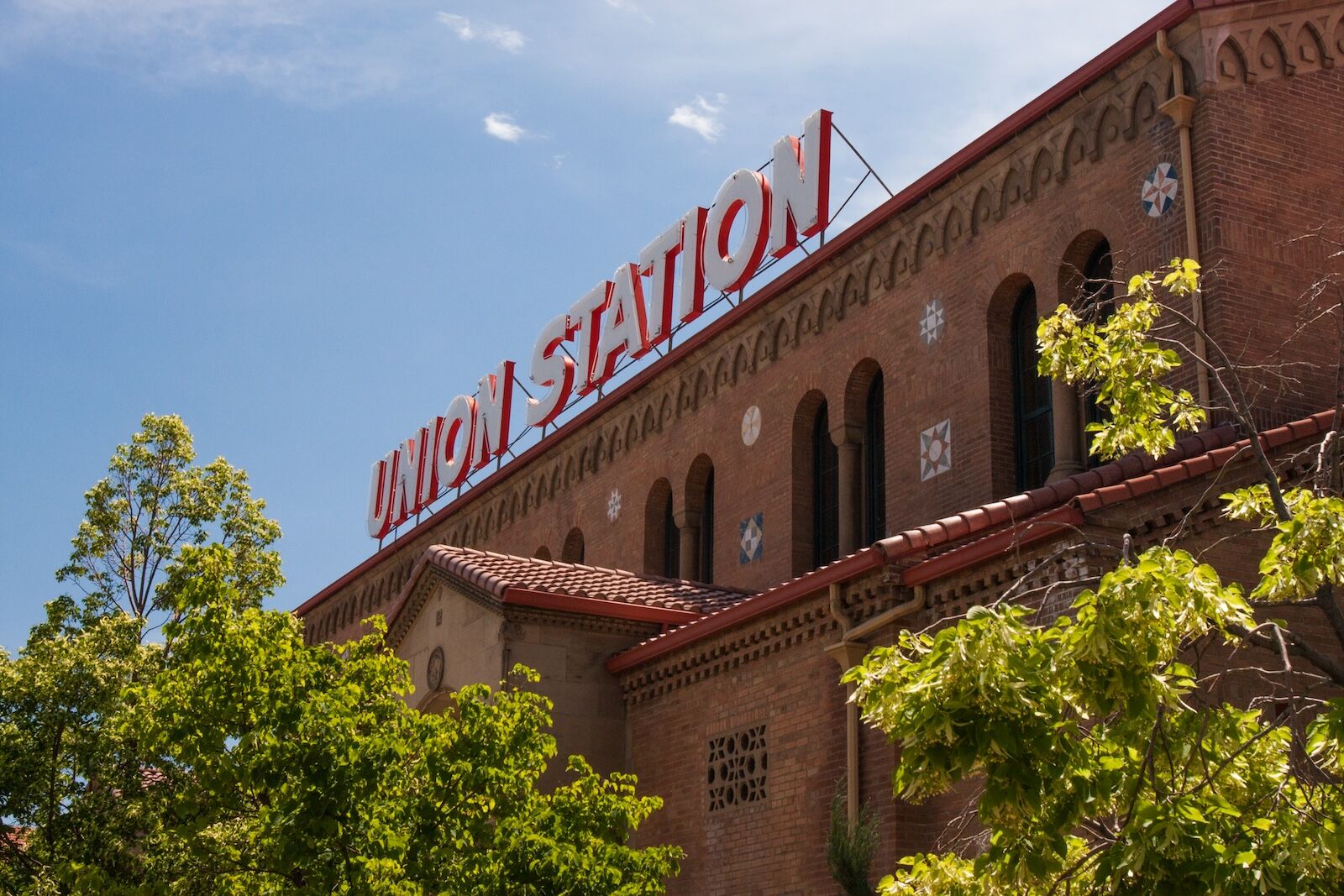
Photo: Matt Morgan
For an only-in-Utah experience, visit Ogden, a small town 40 miles outside SLC. Ogden, once a bustling junction on the transcontinental railroad, has seen its share of economic vicissitudes over the decades, but its rich history, architecture, and breweries make it well worth a day trip. After admiring the magnificent architecture of Main Street and the railroad depot, tie one on at Roosters Brewing Co., a brewery serving splendid suds paired with pub grub like bacon mac ‘n’ cheese, wings, and smothered enchiladas.